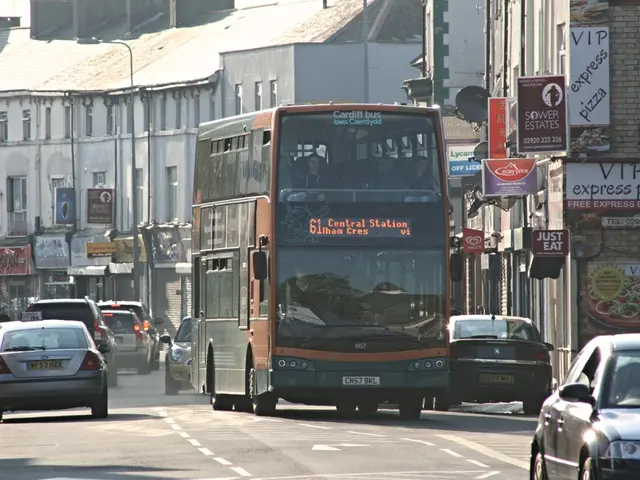Russian families with children face higher poverty risks despite government support
In Russia, households with children face varying risks of poverty, with those having preschoolers or teenagers being particularly vulnerable. The government, led by Labor Minister Anton Kotyakov, is implementing measures to boost birth rates and support families.
A recent study reveals that Russian families with children aged 0-6 are 1.3 times more likely to live in poverty, while those with teenagers (16-25) face a 1.4 times higher risk. The situation is most challenging for families with children aged 7-15, who are at a 1.8 times higher risk than the national average.
To tackle this, Minister Kotyakov has announced plans to boost birth rates and support traditional family values. The government is offering financial incentives, medals for multiple mothers, and even 'days of conception'. Simultaneously, they are funding programs for young people, the elderly, and individuals with disabilities.
Russians currently consider the poverty threshold to be around 48,000 rubles ($520) per month, a significant increase from 15,000 rubles a decade ago. Despite poverty levels falling from a peak of 28% in 2000 to 7.2% last year, the government is committed to further reducing these figures and supporting vulnerable families.
Read also:
- American teenagers taking up farming roles previously filled by immigrants, a concept revisited from 1965's labor market shift.
- Weekly affairs in the German Federal Parliament (Bundestag)
- Landslide claims seven lives, injures six individuals while they work to restore a water channel in the northern region of Pakistan
- Escalating conflict in Sudan has prompted the United Nations to announce a critical gender crisis, highlighting the disproportionate impact of the ongoing violence on women and girls.






